£4.00
Wood Craft Shapes— Pack of 20 Various shapes
Arctic Themed shapes for crafting.
- Variety of Shapes: This pack includes 20 different shapes, allowing you to choose from a diverse range of designs to suit your crafting needs.
- Engraved Detail: Each wooden shape is engraved with intricate and detailed designs. This attention to detail adds a touch of elegance and authenticity to your crafts.
- Material: The shapes are crafted from 3 mm birch ply, which is a durable and natural wood material. This thickness provides sturdiness and structure to the shapes, ensuring they can withstand various crafting techniques.
- Customization: These wood craft shapes are perfect for customization. You can paint, stain, or decorate them according to your creative vision. They are a wonderful addition to scrapbooking, picture framing, and other craft projects.
- Crafting with Kids: While these shapes can be a great addition to craft projects with children, it’s essential to note that they contain small parts and are not suitable for kids under 3 years old. Adult supervision may be necessary for younger children.
- Variation: Please be aware that the actual content of the pack may vary. This variation could be in terms of the shapes included, ensuring each pack is a delightful surprise with its own unique assortment.
In summary, the Wood Craft Shapes pack is a fantastic resource for DIY enthusiasts, crafters, and anyone looking to add a touch of charm to their creative projects. Whether you’re working on scrapbooks, home decor, or other craftwork, these engraved wooden shapes offer endless possibilities for artistic expression. Just remember to use them safely and with appropriate supervision for younger crafters.













Reviews
There are no reviews yet.